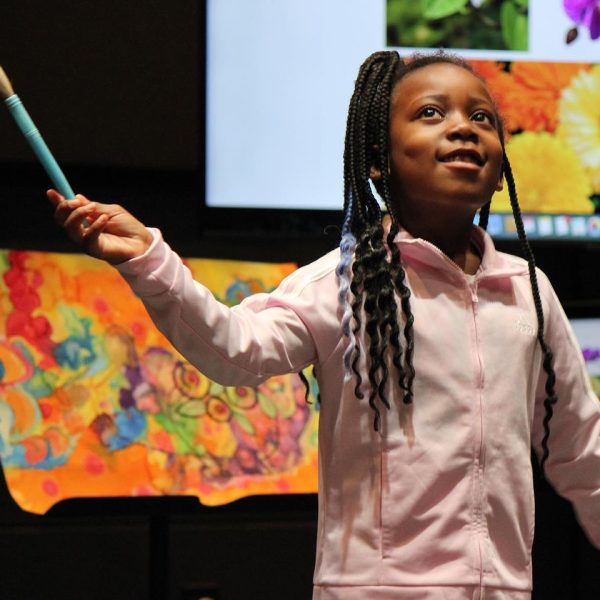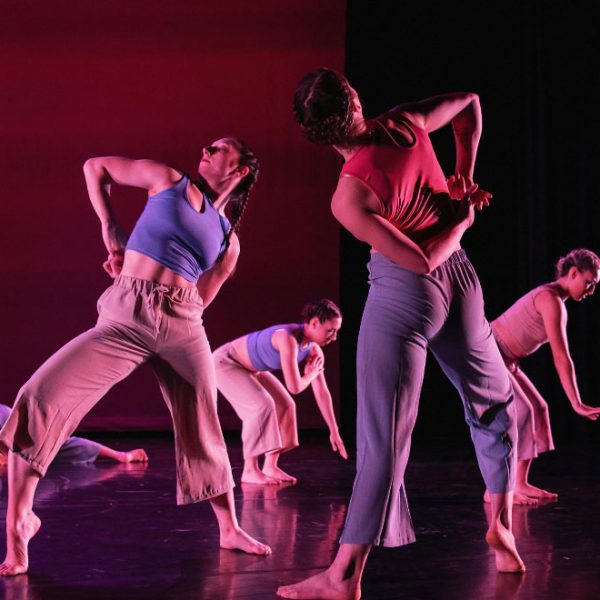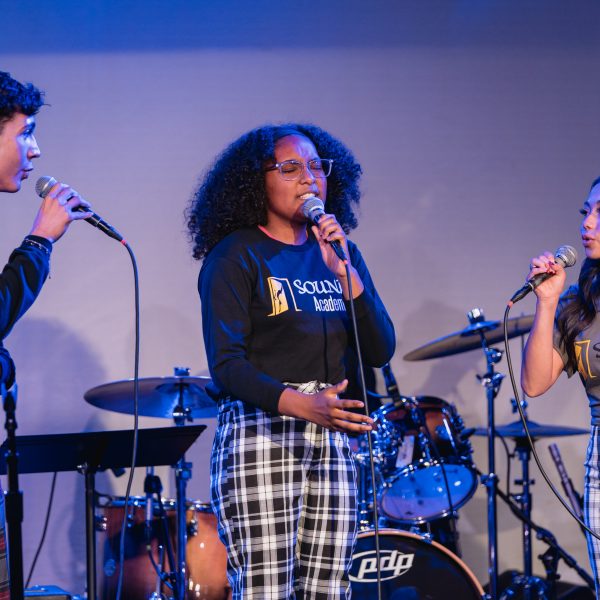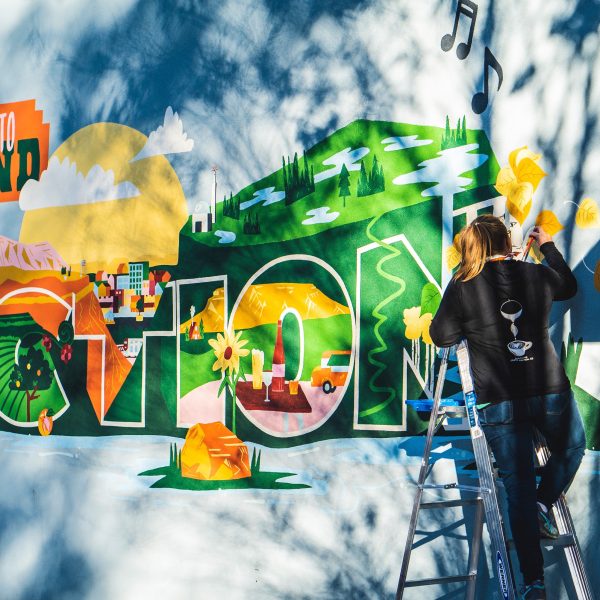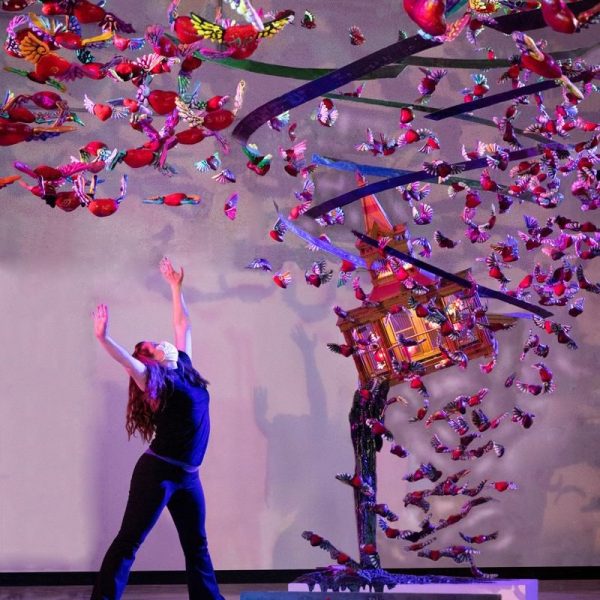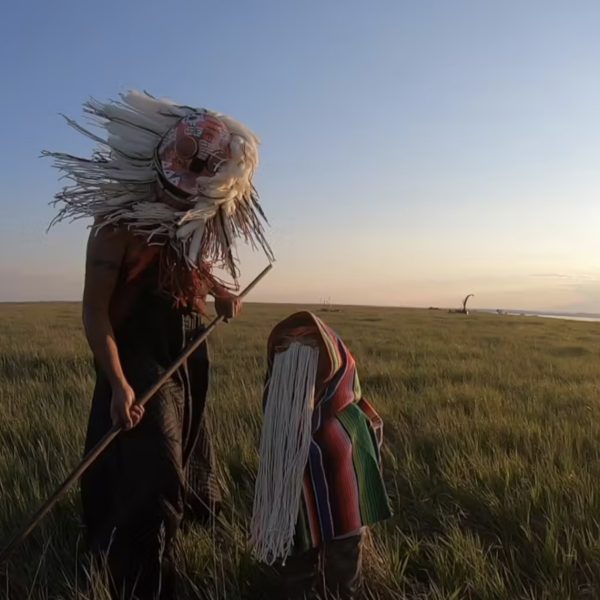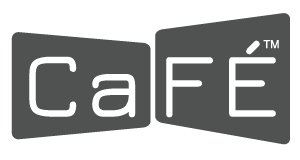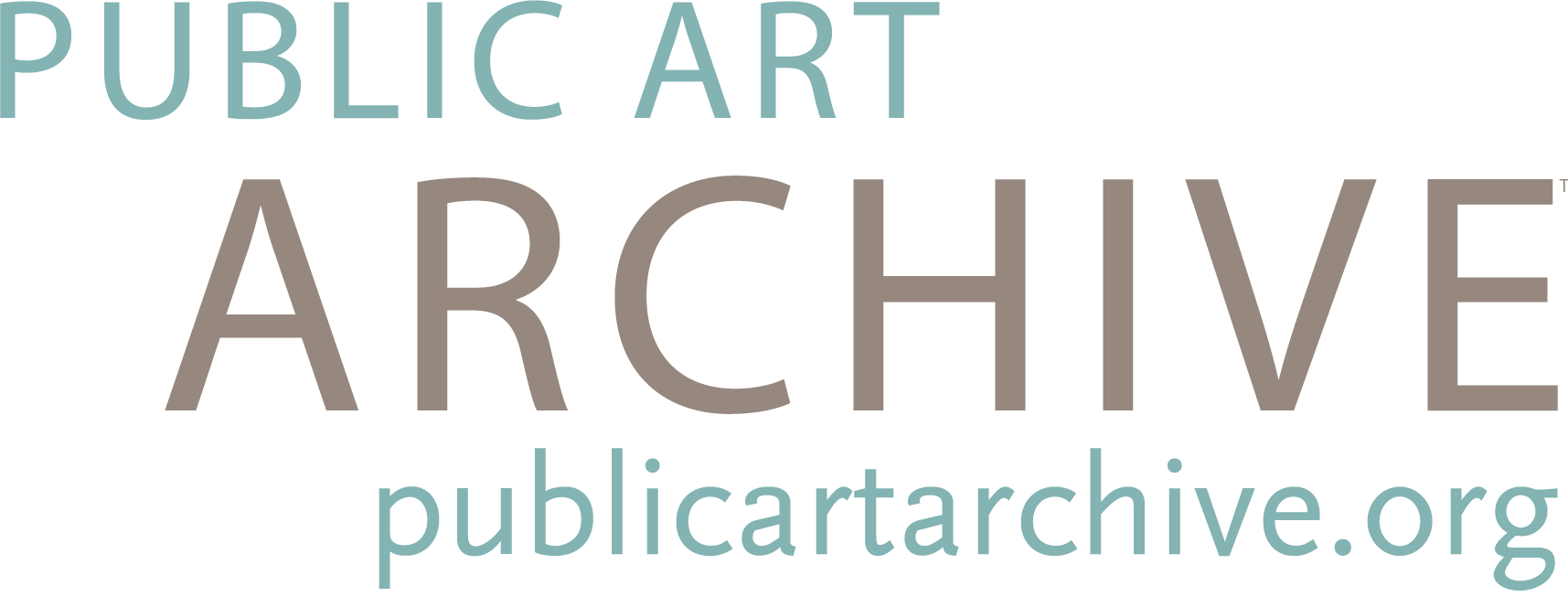Web Services powered by
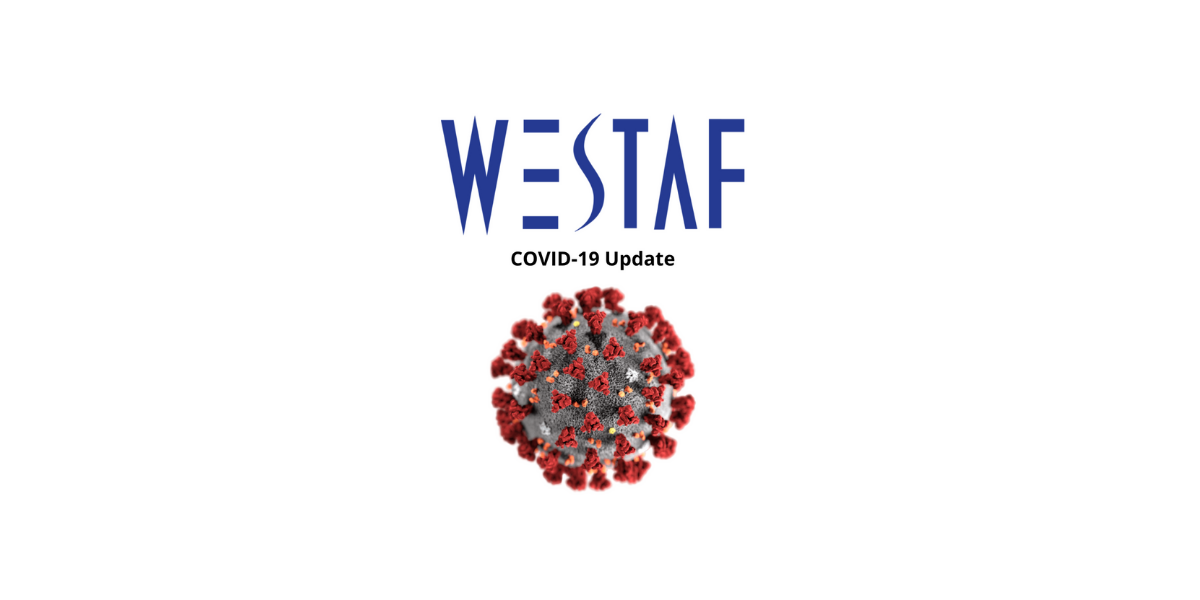
David Holland, Director of Impact and Public Policy
Updated periodically since March 20, 2020
Last Update: January 5, 2021
General Trends, Resources, and Data Across the West and the Nation
The number of currently confirmed novel coronavirus cases in the region ranges from over 2.4 million in California to under 100,000 in Alaska, Hawai’i, Montana, and Wyoming based on data collected on January 5, 2021. For public health information about COVID-19 in your state and nationally, please visit the following health agency websites.
Alaska (47,006)
Arizona (567,474)
California (2,452,334)
Colorado (346,893)
Hawai’i (22,168)
Idaho (144,843)
Montana (83,378)
Nevada (235,455)
New Mexico (148,499)
Oregon (118,453)
Utah (288,951)
Washington (248,580)
Wyoming (38,954)
Centers for Disease Control (USA – 20,732,404)
Coronavirus.gov
Centers for Medicare and Medicaid Services
State arts agencies throughout the West have had to close state cultural institutions; cancel programs, conferences, and other activities; and continue their work remotely in response to coronavirus public health directives. Please visit the following websites to keep abreast of these developments as well as resources for the arts and culture field in your state and nationally.
Alaska
Arizona
California
Colorado
Hawai’i
Idaho
Montana
Nevada
New Mexico
Oregon
Utah
Washington
Wyoming
National Endowment for the Arts
National Assembly of State Arts Agencies
Americans for the Arts
RESOURCES AND UPDATES
COVID-19 Resources & Information
Resources for Arts Organizations and Artists
Newsletter
Impact of the coronavirus on the creative economy
WESTAF continues to monitor the impact of the coronavirus pandemic on the creative economy. This includes understanding how we can make use of official economic data to begin to model potential effects and identify risk factors for and vulnerabilities of creative industries. As part of our efforts to better understand how artists, arts organizations, creative businesses, and creative workers are being affected across the West, WESTAF conducted a survey, which closed on May 1, 2020. Survey results are supporting efforts to secure relief funding for the arts and culture field in the West from federal and philanthropic sources. The results of this survey are available HERE.
Other arts service organizations and some state and local agencies are also conducting surveys. Check the Americans for the Arts Economic Impact of the Coronavirus on the Arts and Culture Sector Dashboard for regularly updated information on the impact of the coronavirus pandemic on the arts and culture field nationally (you can also take their survey here). If your organization is Latinx-serving or Latinx-led, also complete the National Association of Latino Arts and Culture (NALAC) survey on the impact of the coronavirus. In Oregon, a survey has been organized by a consortium of Oregon’s regional and statewide funders currently including the James F. and Marion L. Miller Foundation, Oregon Community Foundation and the Regional Arts & Culture Council. Utah Cultural Alliance released the results of their survey (which is regularly updated) earlier in the year and California Arts Council has also released the results of their survey.
Local, State and Federal Government Relief Packages
Across the nation, a range of emergency aid packages are being passed and signed into law that seek to address the immediate economic duress that many individuals and institutions are facing due to dampened economic activity in the wake of the coronavirus pandemic. Among these was the HR 6201 Families First Coronavirus Act. Following this, two comprehensive bills aiming to provide pandemic related relief, Senate bill S.3548 Coronavirus Aid, Relief, and Economic Security Act (CARES) Act ($2 trillion) and House bill H.R.6379 Take Responsibility for Workers and Families Act ($2.5 trillion), were recently being deliberated in Congress (the latter of which has provisions for increased funding of the National Endowment for the Arts and the National Endowment for the Humanities). The H.R. 748 CARES Act, however, was passed by both the House and the Senate and signed into law on March 27, 2020. H.R. 748 includes an additional $75 million for the National Endowment for the Arts. The Arts Endowment recently announced the 855 organizations being supported by its CARES Act grant program and the $30 million it disbursed to state and regional arts organizations is currently being distributed through programs being developed throughout the county. The H.R. 266 Paycheck Protection Program and Healthcare Enhancement Act passed and signed into law in April 2020 represented an “intermediate” relief package that did not contain any arts specific funding. It did, however, increase funding to hospitals and to the Small Business Administration for the Paycheck Protection and Economic Injury Disaster Loan programs. Another relief bill, the H.R.6800 Health and Economic Recovery Omnibus Emergency Solutions (HEROES) Act, passed the House, proposing an additional $10 million allocation to the National Endowment for the Arts to support COVID-19 response. The bill, however, was contentious in partisan terms and did not pass. The H.R. 7010 Paycheck Protection Program Flexibility Act became law in June, extending the covered term for PPP loans and introduced other provisions meant to provide greater flexibility to businesses in the application of the loan. H.R. 133 Consolidated Appropriations Act, 2021 became law in December 2020, a comprehensive relief package with many provisions that support the arts and cultural sector nationally. As part of its provisions, the Small Business Administration will implement a new $15 billion grant program dedicated to providing support for “shuttered venue operators” and will write the rules for how to administer the program within 10 days after the bill is signed into law. $2 billion is specifically designated for organizations with less than 50 FTE employees. The program will provide grants of up to $10 million for eligible organizations. The bill also allocates $167.5 million each for the National Endowment for the Arts and the National Endowment for the Humanities, which is $5.25 million more than the 2020 enacted levels. The bill includes language that permits grant funds appropriated this year and in fiscal years 2019 and 2020 to be used for operating expenses. The bill also ensures that priority is given to providing services or awarding financial assistance for projects, productions, workshops, or programs that serve underserved populations. The term ‘‘underserved population’’ means a population of individuals who have historically been outside the purview of arts and humanities programs due to factors such as a high incidence of income below the poverty line or to geographic isolation.
Early measures adopted at the state level focus on funding hospitals and other healthcare services, expanding social services, strengthening medical leave provisions for workers, and protecting tenants and homeowners from evictions. To date, very few state aid packages have specifically or directly addressed the arts and cultural sector, but, as longer term measures are taken, there is an opportunity for the field to advocate for relief funding. States are also now in the process of determining how federal funds will be directed to priority activities and industries in the context of COVID relief. A recent and early example of the creative sector effectively advocating for state relief funds for recovery is in Utah where the legislature just passed and Gov. Gary Herbert signed into law HB5010, which creates COVID-19 economic recovery programs and several support mechanisms for the cultural community totaling as much as $9 million by some estimates. These programs will be overseen by the Utah Division of Arts and Museums, the Governor’s Office of Economic Development, and local government agencies. Other recent developments include an investment of $2 million in Arizona Commission on the Arts announced by Governor Doug Ducey through the state’s Crisis Contingency and Safety Net Fund and the Oregon Legislature’s recent package of a $50 million relief package to be distributed through the Oregon Cultural Trust and in direct appropriations to a range of arts and cultural organizations throughout the state. California Governor Gavin Newsom’s $575 million Early Action Budget proposal, part of a $4.5 billion recovery proposal, includes $25 million for small cultural institutions, such as museums and art galleries, that have been constrained by the pandemic in their ability to educate the community and remain financially viable.
General resources on COVID-19 state legislative activity, including those of states in the WESTAF region, can be found on this National Council of State Legislatures page and state fiscal actions here. Alaska, Arizona, California, Colorado, Hawai’i, Idaho, Nevada, New Mexico, Oregon, Utah, Washington, and Wyoming have enacted legislation related to the coronavirus in the 13-state WESTAF region thus far.
Private relief funding by foundations and corporations
Private institutional philanthropy is being more significantly mobilized to support communities in addressing the pandemic (estimated to have reached over $12.4 billion), and this disaster philanthropy resource from Foundation Center includes early information on the investments being made across the country. Early funding focused on the Pacific Northwest, which has seen some of the highest incidents of confirmed novel coronavirus cases, and on supporting clinicians, research institutions, and public health agencies. Companies and private foundations that are making significant investments in western states include Google, Microsoft, Amazon, Starbucks Foundation, KaJ Labs, Albertsons Companies, The Omidyar Group, Comerica Incorporated, BBVA USA, Heising-Simons Foundation, Otto Bremer Trust, James Irvine Foundation, the California Endowment, the California Wellness Foundation, and others.
The U.S. Regional Arts Organizations, in partnership with The Andrew W. Mellon Foundation, are administering the US Regional Arts Resilience Fund relief and recovery grant to support arts organizations in the 13-state western region as an urgent response to the impact of COVID-19 on the nation’s arts organizations. The WESTAF Regional Arts Resilience Fund, which is now closed, was designed to help mitigate the financial threat to the sector by supporting small- and mid-sized arts organizations of all artistic disciplines in rural and urban areas that are regarded by their peers as having statewide, regional, or national impact. WESTAF administered the re-granting of over $1.7 million in fall of 2020 through 39 awards ranging from $30,000 to $74,000.
For additional information about the US Regional Arts Resilience Fund outside the WESTAF region, visit the links below:
Arts Midwest (Illinois, Indiana, Iowa, Michigan, Minnesota, North Dakota, Ohio, South Dakota, Wisconsin, or the Native nations that share this geography)
Mid America Arts Alliance (Arkansas, Kansas, Missouri, Nebraska, Oklahoma, and Texas)
Mid Atlantic Arts Foundation (Delaware, the District of Columbia, Maryland, New Jersey, New York, Pennsylvania, the U.S. Virgin Islands, Virginia, and West Virginia)
New England Foundation for the Arts (NEFA) (Maine, Vermont, New Hampshire, Massachusetts, Connecticut and Rhode Island)
South Arts (Alabama, Florida, Georgia, Kentucky, Louisiana, Mississippi, North Carolina, South Carolina, and Tennessee)
Arts-specific Relief Funding and Other Resources
Across the region, a range of relief funds have been established to provide relief to artists and arts organizations. Early during the pandemic, the City of San Francisco established a $2.5 million arts relief fund, which includes $1.5 million toward grants for individual artists and small or mid-sized arts organizations and $1 million in loans made by the Arts Loan Fund (ALF) of Northern California Grantmakers. In Seattle, Mayor Durkan recently announced an initial $1.1 million City of Seattle funding package to invest directly in creative workers and arts and cultural organizations financially impacted by COVID-19. Early in the crisis, Denver Arts & Venues also structured a COVID-relief fund to individual artists through itsIMAGINE 2020 Artist Assistance program.
In April, the Arizona Commission on the Arts announced an Emergency Relief Fund for Artists and Arts Professionals, a collaborative fund established with $130,000 from the Arizona Community Foundation and another $25,000 from other partners. Colorado Creative Industries (CCI) launched the COVID-19 CO Creatives Relief Grant in response to the crisis, a one-time payment for general operating support to nonprofit arts organizations in Colorado with an annual operating budget of less than $1 million. CCI also developed a collaborative Colorado Artist Relief Fund. The Wyoming Arts Council launched a COVID-19 Artist Relief Fund, and Utah Division of Arts & Museums recently opened and closed the first round of its Utah Individual Artist Emergency Funds program. In Idaho, Treefort Music Fest, the Velma V. Morrison Center for the Performing Arts, and the Boise City Department of Arts & History recently created a COVID Cultural Commissioning (CCC) Fund that is making awards to artists for the creation of individual works exploring, documenting, and/or reflecting on personal experiences of the COVID-19 pandemic and its impact. In Oregon, a consortium of grantmakers including the Oregon Arts Commission established the Oregon Arts and Culture Recovery Program, which will provide flexible resources to support members of the Oregon arts and culture community who have been
